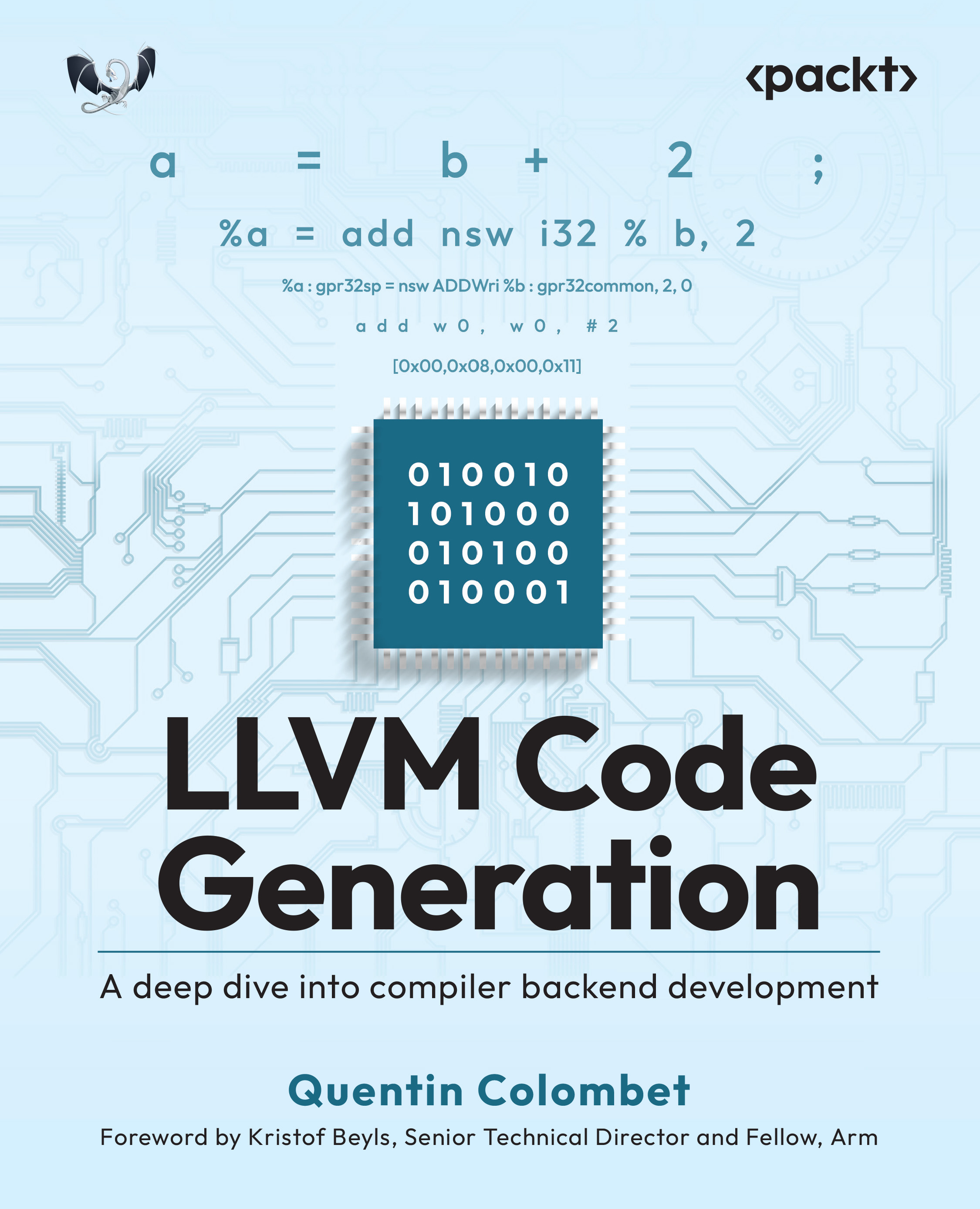The most common programming languages currently used for AI and machine learning development are Python, R, Scala, Go, among others with the latest addition being Julia. Functional languages as old as Lisp and Haskell were used to implement machine learning algorithms decades ago when AI was an obscure research area of interest. There wasn’t enough hardware and software advancements back them for implementations. Some commonalities in all of the above language options are that they are simple to understand and promote clarity. They use fewer lines of code and lend themselves well to the functional programming paradigm.
What is Functional programming?
Functional programming is a programming approach that uses logical functions or procedures within its programming structure. It means that the programming is done with expressions instead of statements. In a functional programming (FP) approach, computations are treated as evaluations of mathematical functions and it mostly deals with immutable data. In other words, the state of the program does not change, the functions or procedures are fixed and the output value of a function depends solely on the arguments passed to it.
Let’s look at the characteristics of a functional programming approach before we see why they are well suited for developing artificial intelligence programs.
Functional programming features
Before we see functional programming in a machine learning context, let’s look at some of its characteristics.
- Immutable: If a variable x is declared and used in the program, the value of the variable is never changed later anywhere in the program. Each time the variable x is called, it will return the same value assigned originally. This makes it pretty straightforward, eliminating the need to think of state change throughout the program.
- Referential transparency: This means that an expression or computation always results in the same value in any part/context of the program. A referentially transparent programming language’s programs can be manipulated as algebraic equations.
- Lazy evaluation: Being referentially transparent, the computations yield the same result irrespective of when they are performed. This enables to postpone the computation of values until they are required/called. This means one could evaluate them lazily. Lazy evaluation helps avoids unnecessary computations and saves memory.
- Parallel programming: Since there is no state change due to immutable variables, the functions in a functional program can work in parallel as instructions. Parallel loops can be easily expressed with good reusability.
- Higher-order functions: A higher order function can take one or more functions as arguments. They may also be able to return a function as their result. Higher-order functions are useful for refactoring code and to reduce repetition. The map function found in many programming languages is an example of a higher-order function.
Unlock access to the largest independent learning library in Tech for FREE!
Get unlimited access to 7500+ expert-authored eBooks and video courses covering every tech area you can think of.
Renews at $19.99/month. Cancel anytime
What kind of programming is good for AI development?
Machine learning is a sub-domain of artificial intelligence which deals with concepts of making predictions from data, take actions without being explicitly programmed, recommendation systems and so on. Any programming approach that focuses on logic and mathematical functions is good for artificial intelligence (AI).
Once the data is collected and prepared it is time to build your machine learning model.. This typically entails choosing a model, then training and testing the model with the data. Once the desired accuracy/results are achieved, then the model is deployed. Training on the data requires data to be consistent and the code to be able to communicate directly with the data without much abstraction for least unexpected errors.
For AI programs to work well, the language needs to have a low level implementation for faster communication with the processor. This is why many machine learning libraries are created in C++ to achieve fast performance. OOP with its mutable objects and object creation is better suited for high-level production software development, not very useful in AI programs which works with algorithms and data.
As AI is heavily based on math, languages like Python and R are widely used languages in AI currently. R lies more towards statistical data analysis but does support machine learning and neural network packages. Python being faster for mathematical computations and with support for numerical packages is used more commonly in machine learning and artificial intelligence.
Why is functional programming good for artificial intelligence?
There are some benefits of functional programming that make it suitable for AI. It is closely aligned to mathematical thinking, and the expressions are in a format close to mathematical definitions. There are few or no side-effects of using a functional approach to coding, one function does not influence the other unless explicitly passed. This proves to be great for concurrency, parallelization and even debugging.
Less code and more consistency
The functional approach uses fewer lines of code, without sacrificing clarity. More time is spent in thinking out the functions than actually writing the lines of code. But the end result is more productivity with the created functions and easier maintenance since there are fewer lines of code. AI programs consist of lots of matrix multiplications. Functional programming is good at this just like GPUs.
You work with datasets in AI with some algorithms to make changes in the data to get modified data. A function on a value to get a new value is similar to what functional programming does. It is important for the variables/data to remain the same when working through a program. Different algorithms may need to be run on the same data and the values need to be the same. Immutability is well-suited for that kind of job.
Simple approach, fast computations
The characteristics/features of functional programming make it a good approach to be used in artificial intelligence applications. AI can do without objects and classes of an object oriented programming (OOP) approach, it needs fast computations and expects the variables to be the same after computations so that the operations made on the data set are consistent.
Some of the popular functional programming languages are R, Lisp, and Haskell. The latter two are pretty old languages and are not used very commonly. Python can be used as both, functional and object oriented. Currently, Python is the language most commonly used for AI and machine learning because of its simplicity and available libraries. Especially the scikit-learn library provides support for a lot of AI-related projects.
FP is fault tolerant and important for AI
Functional programming features make programs fault tolerant and fast for critical computations and rapid decision making. As of now, there may not be many such applications but think of the future, systems for self-driving cars, security, and defense systems. Any fault in such systems would have serious effects. Immutability makes the system more reliable, lazy evaluation helps conserve memory, parallel programming makes the system faster. The ability to pass a function as an argument saves a lot of time and enables more functionality. These features of functional programming make it a fitting choice for artificial intelligence.
To further understand why use functional programming for machine learning, read the case made for using the functional programming language Haskell for AI in the Haskell Blog.
Why functional programming in Python matters: Interview with best selling author, Steven Lott
Grain: A new functional programming language that compiles to Webassembly
8 ways Artificial Intelligence can improve DevOps
 United States
United States
 Great Britain
Great Britain
 India
India
 Germany
Germany
 France
France
 Canada
Canada
 Russia
Russia
 Spain
Spain
 Brazil
Brazil
 Australia
Australia
 Singapore
Singapore
 Canary Islands
Canary Islands
 Hungary
Hungary
 Ukraine
Ukraine
 Luxembourg
Luxembourg
 Estonia
Estonia
 Lithuania
Lithuania
 South Korea
South Korea
 Turkey
Turkey
 Switzerland
Switzerland
 Colombia
Colombia
 Taiwan
Taiwan
 Chile
Chile
 Norway
Norway
 Ecuador
Ecuador
 Indonesia
Indonesia
 New Zealand
New Zealand
 Cyprus
Cyprus
 Denmark
Denmark
 Finland
Finland
 Poland
Poland
 Malta
Malta
 Czechia
Czechia
 Austria
Austria
 Sweden
Sweden
 Italy
Italy
 Egypt
Egypt
 Belgium
Belgium
 Portugal
Portugal
 Slovenia
Slovenia
 Ireland
Ireland
 Romania
Romania
 Greece
Greece
 Argentina
Argentina
 Netherlands
Netherlands
 Bulgaria
Bulgaria
 Latvia
Latvia
 South Africa
South Africa
 Malaysia
Malaysia
 Japan
Japan
 Slovakia
Slovakia
 Philippines
Philippines
 Mexico
Mexico
 Thailand
Thailand














